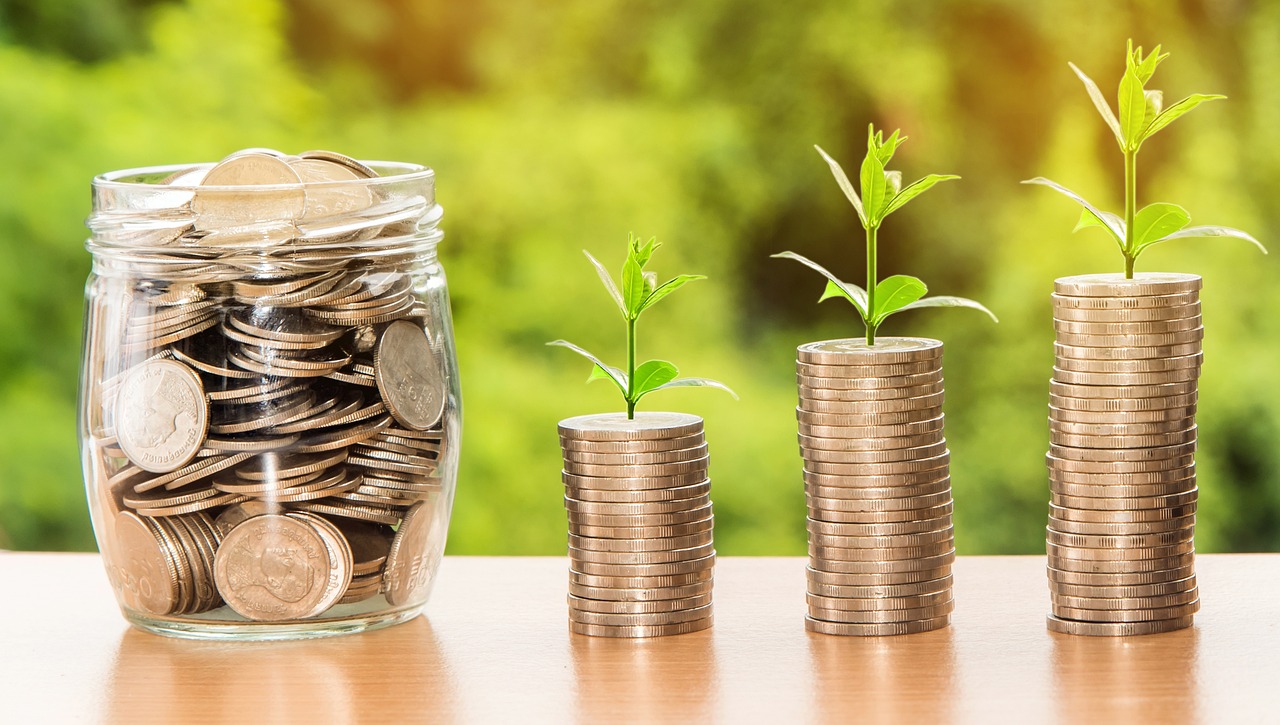Best Ways to Invest Small Amounts of Money for Big Returns
Investing is often seen as a game for the wealthy, but this is one of the biggest myths in personal finance. In reality, you can start building wealth with just a small amount of money. Whether you have $10, $100, or $500 to spare, there are proven strategies that can turn small investments into significant long-term returns. The secret lies in consistency, patience, and making smart financial decisions. In this detailed guide, we will explore different ways to invest small amounts of money, the risks involved, and how to maximize your chances of success.
Why Small Investments Are Powerful
Even if you can only invest small sums, the power of compound interest works in your favor. Compounding means that your money grows not only on the initial amount but also on the interest or returns it generates. Over decades, this snowball effect can turn modest contributions into a sizable nest egg.
For instance, investing $100 per month at an average annual return of 7% can grow into more than $120,000 in 30 years. That’s the power of small, consistent contributions.
1. High-Interest Savings Accounts
If you’re just starting out and don’t want to take risks, a high-yield savings account is one of the best options. While returns are modest, your money is safe and liquid.
- Pros: Safe, FDIC insured, easily accessible.
- Cons: Lower returns compared to stocks or ETFs.
2. Certificates of Deposit (CDs)
Certificates of Deposit allow you to lock in money for a fixed time in exchange for slightly higher interest rates. They are low-risk and suitable for people who don’t need immediate access to cash.
3. Stock Market with Fractional Shares
Thanks to fractional shares, you no longer need thousands of dollars to own stock in major companies like Apple, Amazon, or Google. With as little as $1, you can buy a piece of these companies and benefit from their growth.
Example: Investing $50 monthly in fractional shares of tech companies over 10 years could yield returns of several thousand dollars, depending on market performance.
4. Exchange-Traded Funds (ETFs)
ETFs are one of the best investments for beginners. They are baskets of stocks or bonds that provide diversification at low cost. A single ETF can give you exposure to hundreds of companies.
Tip: Choose broad-market ETFs like the S&P 500 index fund for stable long-term growth.
5. Real Estate Crowdfunding
You don’t need to buy an entire property to invest in real estate. Platforms like Fundrise or RealtyMogul allow you to invest in real estate projects with as little as $10–$100. This is a way to benefit from rental income and property appreciation without being a landlord.
6. Peer-to-Peer Lending
P2P lending connects you with individuals or small businesses seeking loans. You lend a small amount, earn interest, and spread your risk by lending to multiple borrowers.
Risk: Higher than savings accounts, but also higher potential returns.
7. Robo-Advisors
Robo-advisors such as Betterment and Wealthfront create a diversified portfolio for you based on your goals and risk tolerance. You can start with as little as $10, and the platform automatically manages and rebalances your portfolio.
8. Retirement Accounts (IRAs & 401k)
If you want to build wealth in the long term, retirement accounts are essential. Even small contributions grow significantly thanks to tax advantages and compounding. If your employer offers a 401k match, contribute enough to get the full match—it’s free money!
9. Investing in Yourself
Not all investments are financial. Sometimes, the best return comes from investing in your skills and education. Learning coding, digital marketing, or design can open doors to higher-paying jobs or freelance opportunities.
10. Side Hustles
Starting a small side business can be one of the best investments. With less than $100, you can launch a blog, sell digital products, or freelance online. Over time, this can turn into a reliable source of passive income.
11. Cryptocurrencies
While highly volatile, cryptocurrencies like Bitcoin or Ethereum can be an option if you’re willing to take risks. Investing small amounts can expose you to potential high returns, but never invest money you cannot afford to lose.
Common Mistakes Beginners Should Avoid
- Chasing quick profits: Avoid “get rich quick” schemes.
- Not diversifying: Putting all money in one place increases risk.
- Ignoring fees: High fees can eat into small investments.
- Lack of patience: Wealth building is a long-term game.
Psychology of Small Investments
Successful investing is not just about numbers—it’s also about mindset. Patience, discipline, and consistency are essential. By treating small investments seriously, you build financial habits that prepare you for larger opportunities in the future.
Frequently Asked Questions (FAQ)
Can I really get rich by investing small amounts?
Yes. While it may take time, small, consistent investments combined with compounding can lead to significant wealth over decades.
What is the safest small investment?
High-yield savings accounts and CDs are the safest options, but they offer lower returns. Safer does not always mean better growth.
How much should I start with?
You can start with as little as $10–$50. The key is consistency, not the starting amount.
What if I lose money?
Every investment carries risk. The best way to protect yourself is to diversify and never invest money you cannot afford to lose.
Conclusion
Investing small amounts of money can be life-changing. From high-yield savings accounts to fractional shares, ETFs, and even side hustles, there are countless ways to make your money work for you. The secret is to start now, stay disciplined, and let time and compounding do the heavy lifting. Whether you’re aiming for financial freedom, a secure retirement, or just extra income, the journey begins with your first small investment today.





0 Comments